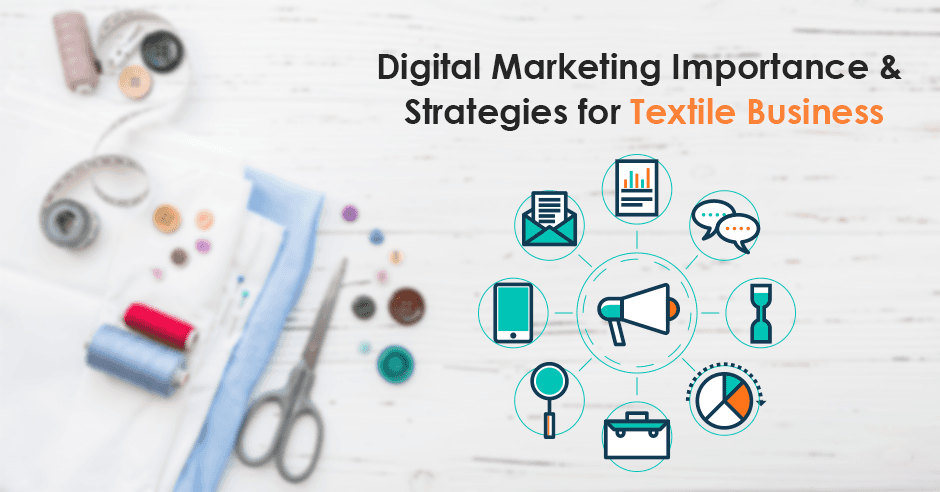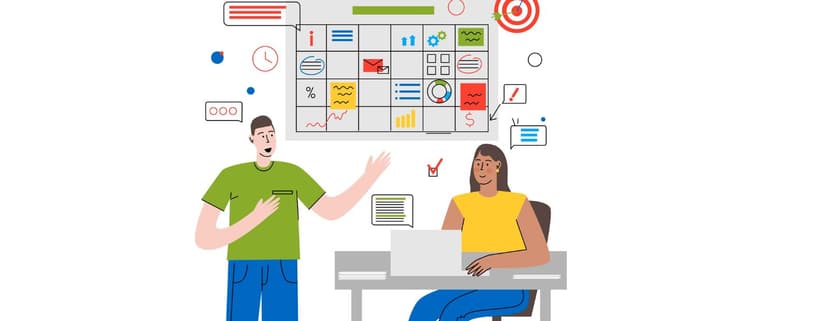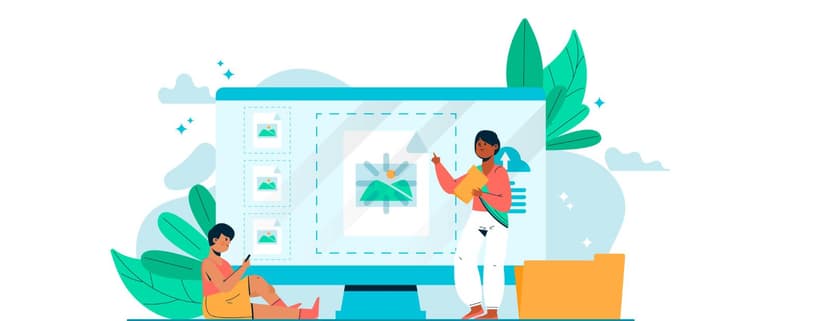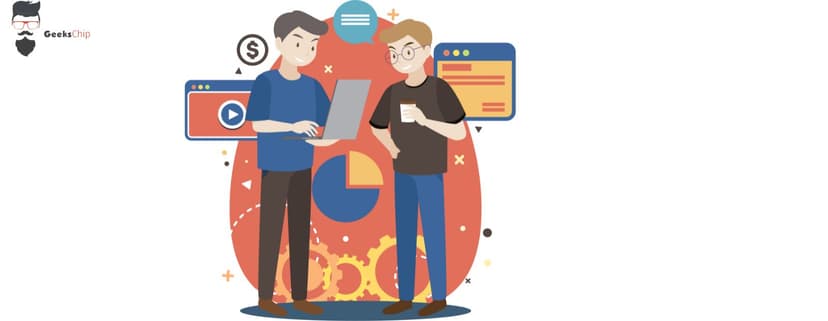Nowadays, the acquisition of new customers is going through a true revolution. Websites, email marketing, and social Media Marketing Services textile industry play an increasingly important role. The formats and strategies have also changed. As a result, the focus is no longer solely on products and services, but companies position themselves in the digital world as experts in their industry and offer customized content for their target groups.
Where can you promote your website?
The first step focuses on generating awareness in order to attract visitors to your website. This is possible on the one hand through SEO, more specifically organic search, or through advertising, so paid search. Some textile marketing strategies are, for example, social media, Google AdWords, or collaborations. With this, you attract interested people to your website and convince visitors of your products and services with high-quality content.
Digital Marketing Strategies of a Textile Business
1. Organic results
SEO, search engine optimization, aims to show your website at the top of the search results when someone enters a keyword that is related to your company. SEO is closely related to content marketing. Hereby you look for content that answers the questions and needs of your target audience. While focusing on these tactics, textile industries entirely relying on SEO is the ideal scenario. Your company sometimes needs an extra boost. Then you can bet on paid search. As a result of this, you will advertise paying to make your company visible to potential customers.
2. Inorganic results
- The first option here is Google Ads.
Google AdWords ads are a paid strategy of marketing in the textile industry to attract new customers on the Internet. An AdWords ad is a text ad for a specific keyword that you specify. For example, if someone is looking to "buy traditional wear", your store ad may appear when you bid money on this keyword.
Select keywords relevant to your business and place ads for the most important ones. Briefly and concisely communicate your Unique Selling Points and integrate CTA texts that encourage you to click on the advertisement. The advertisement must be linked to a landing page on your website to bring users one step closer to the product and therefore to a conversion.
- A second option is advertising on social media.
Social media marketing tips for the textile industry will then either appear in the overview between the statuses and updates, in the sidebar or on the mobile newsfeed. An easy tool to test Facebook Ads is Facebook’s Power Editor Chrome plugin. With this, you can run a few advertisements opposite each other and decide which design works best for your target audience. Also, you have the ability to approach users with your content within the network. There are different ways to use Facebook ads.
- Promote selected, individual messages to optimize interaction and reach.
- Advertise products or content on your website.
- Win new fans with an advertisement.
- Set up retargeting campaigns and make Facebook users who have previously visited your website aware of your company.
- To optimally use Facebook campaigns, it is important to tailor each advertisement to the target group. When you display ads on Facebook, you can segment them based on demographic information such as location, age, gender, and even based on special interests and preferences. This makes it possible to address the potential target group in a targeted manner.
If we compare these two ways of paying to advertise, it is noticeable that Facebook Ads are cheaper, but have a much lower click-through rate than Google Ads. A big advantage of Facebook Ads is that you can target people who might be interested in your products or services. This is in contrast to Google ads that will advertise to people who are already searching for your product. After choosing your marketing strategy for the textile industry to generate more traffic to your website, you need to find a way to engage them with your company.
3. Sponsored posts and advertorials
Sponsored articles and advertorials are an excellent opportunity for marketing in textile industry to place your content on other relevant web pages. In this way, you reach not only your own readers but also visitors to other related websites. Specialized websites are particularly suitable for this. For example, if you are in the textile industry, publish sponsored articles on websites or pages focusing on corporate wholesale dealers or boutique merchants.
Review the website's reputation in advance and inform yourself about some statistics, such as the number of website visitors. This way, you can estimate whether the time and costs are worth it. Ensure you include links to your website or a discount code in your sponsored messages. Work with tracking codes here to see how successful the sponsored article was in the end.
4. Generating Sales
Generating sales is a trail to someone who has the potential to become a customer. Such sales can be small, such as entering products into a cart and purchasing the product from the website. Generating leads is the conversion of previously unknown website visitors to individuals with characteristics and data that are important for your industry. The goal here is to have visitors convert to your website. We can divide leads into different groups: hot or cold leads, MQLs, and SQLs.
A cold lead is someone with whom you have not had any contact. The cold lead has passed on its data, but you haven't done anything with it yet. A warm lead is someone who is still interested after the first point of contact with your company, products, or services. Logically, the hot lead is currently more important to your organization than the cold lead. You can approach these leads with information blogs, checklists, or how-to guides. The content that you send to them must be primarily informative.
5. Email Marketing
The leads can be accessed through complete Email Marketing Services. Personalized emails such as discounts and events are sent based on the customers' interests. These e-mails can also be set up in a marketing automation platform so that work can be done efficiently. Automation tools will deliver detailed data about the leads, making follow-up easier and less time-consuming. For example, when a lead is transferred to MQL, an automatic internal notification can be integrated. A specific action is then adapted to the status change. Notifications can also be made to inform the person in charge of that lead if no action has been taken for too long.
6. Retain customers
Marketing automation can also be a huge help in retaining customers. It is 6 to 9 times cheaper to sell to existing customers than to attract new ones. Existing customers generally also spend more. Moreover, they provide word of mouth to family and friends, making them easier to convince.
Through textile marketing automation, leads can be transferred to the customer base as soon as they make the first purchase. At B2C companies, an easy follow-up of the customer's purchase can occur, and the automatic e-mail flow can be based on this. It can also be linked to the fact that the sales team is kept informed internally when a specific customer needs to be called or contacted personally.
Conclusion:
The aforementioned online strategies of digital marketing for the textile industry are ideal for acquiring new customers and collecting leads. The various Digital Marketing Services such as social media, newsletters, and your website can be used to win customers. You do this best with a mix of paid and unpaid strategies.
Develop a holistic communication strategy, create creative textile marketing strategies, and convince your target audience. Recruiting new customers on the Internet is now just as important as a part of the marketing strategy as offline strategies.






























